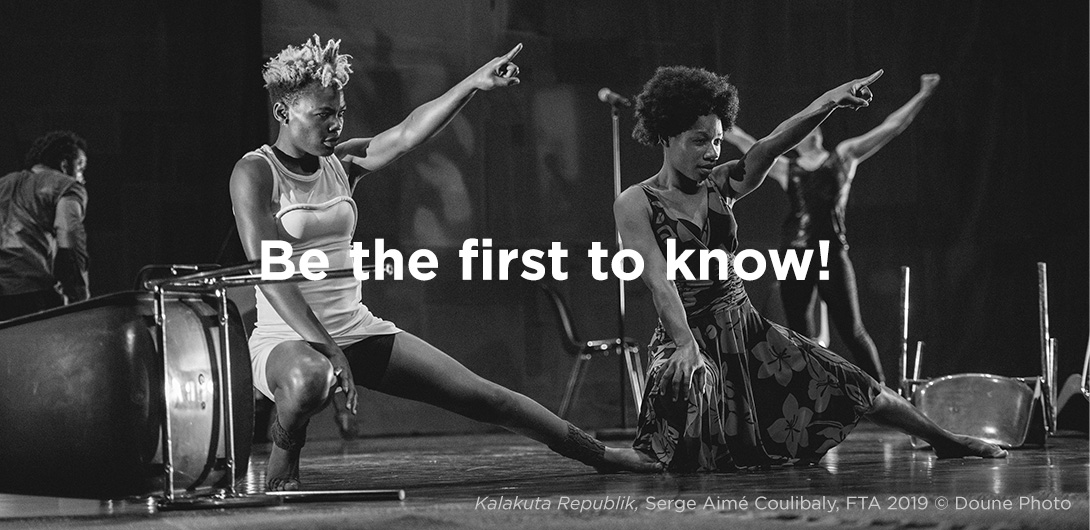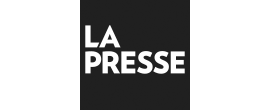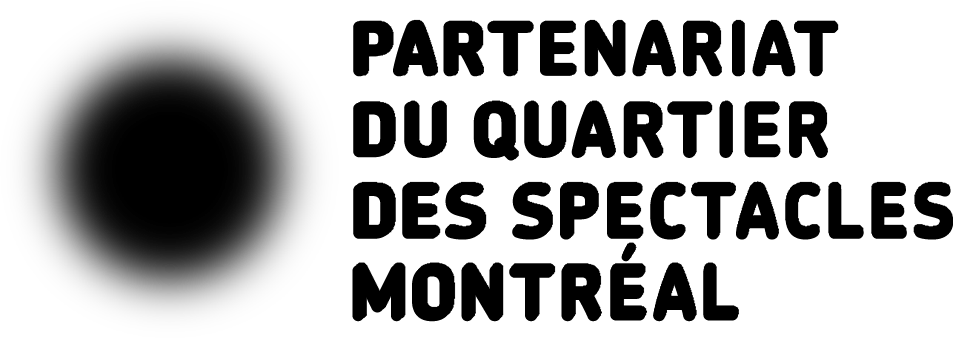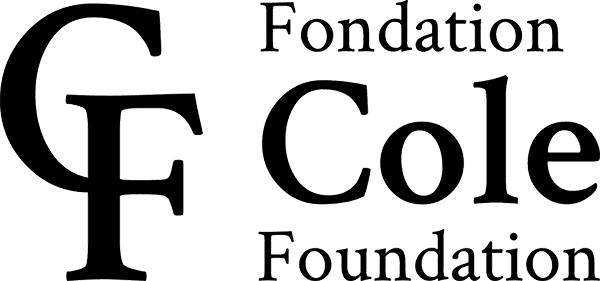What can you tell us about Gorgeous Tongue, knowing that you and Jeanette Kotowich are still in the early process of creation at the time of this interview?
Jeanette and I are still in this research period and there’s a vulnerability to speaking about it but I will do my best. It’s funny, my lighting designer (Joannie Vignola) sees an arc between my previous works Windigo (2018), Them Voices (2021, 2022), and now Gorgeous Tongue. It definitely feels like it’s coming from that universe. Them Voices ends with this entity creating this almost childlike spaceship to launch. It’s a moment of thinking beyond the immediate future and where the outside is what is possible.
That’s where that new idea of outer space came for Gorgeous Tongue. For me, outer space evokes that childlike desire to be in the imagination, to be in an unknown world. Jeanette and I talk a lot about working through this notion of interior embodiment in relation to the outer world, and with the image of the intestines as an invisible mapping of internal and external connections. Tapping into it, there is a level of intelligence in communicating that is beyond the known. It’s like there’s something deeply rich within us as means of communication that isn’t verbal. It’s in the instinct, the gut. And then how does that open up portals to other universes, to other realms? I’m still trying to situate this outer world in Gorgeous Tongue: it’s make-believe, a space station. There are multiple personas in the human non-human realm, moments of engaging with material objects in this other world. “Other” is a place to expand all possibilities. It’s bordering on Indigenous futurism.
Playfulness, joy, and pleasure seem to play a central role in this process.
Yes. Part of the idea of Gorgeous Tongue is that there’s beauty, there’s an innateness to our being and that we can feel it outside of that colonial narrative. Right now, that’s really a focal point for me. It’s my version of shifting the landscape. It’s my own healing process in my work and in navigating the stories that come from colonial harms and fragmentation of Indigenous lands and bodies.
The title, Gorgeous Tongue has this notion of “indulgement.” I’m not performing in the piece, but as a performer I love feeling that space where you go far on the edge. There is pleasure in that space. You know how sometimes an energy can be perceived as more than one thing? How you can navigate those tipping states where something maybe agonizing can transform into something that’s joyous?
There’s a freedom that comes from allowing playfulness and imagination to be in the making and the creation of work. I find it just so rich because when you see a child launching into play and make believe, there’s such a clarity of a presence. That’s wisdom and the fabric of these stories just have all this possibility. I think that’s the exciting part: just trusting in that process of playfulness, of the imagination’s ability to transport us and trusting what will be revealed and what will be exposed. I don’t know exactly where it’s going to take me, but that is the methodology.
Can you speak about your way of working with Jeanette?
My dramaturg (Peter James) was watching the process and said, “Ah, it’s like the daughter of Them Voices.” There’s this feeling of a re-birthing. It’s transmitting my world, my universe but in collaboration with another artist. Jeanette is in dialogue with my material, but it’s also myself stepping outside of it and asking “What is the need for that third chapter (after Windigo and Them Voices)?” That is for sure the seeking that I am doing, and maybe that’s coming from a place of having this opportunity and the generosity of another artist working in my universe. I feel like this is allowing me to be met with those questions, be met with that opportunity to break my own limitations or break my own mental traps. And I think that’s the work I’ve always set out to do. With Jeanette, It’s a generous process on both sides. We are in the process of discovery, and I think there’s a part of me that is trying to be more radical, whether it’s to push something or to become more minimalistic. I’ve always had a lot of objects and material on stage and it’s still a desire, but I’m also always trying to reinvent.
